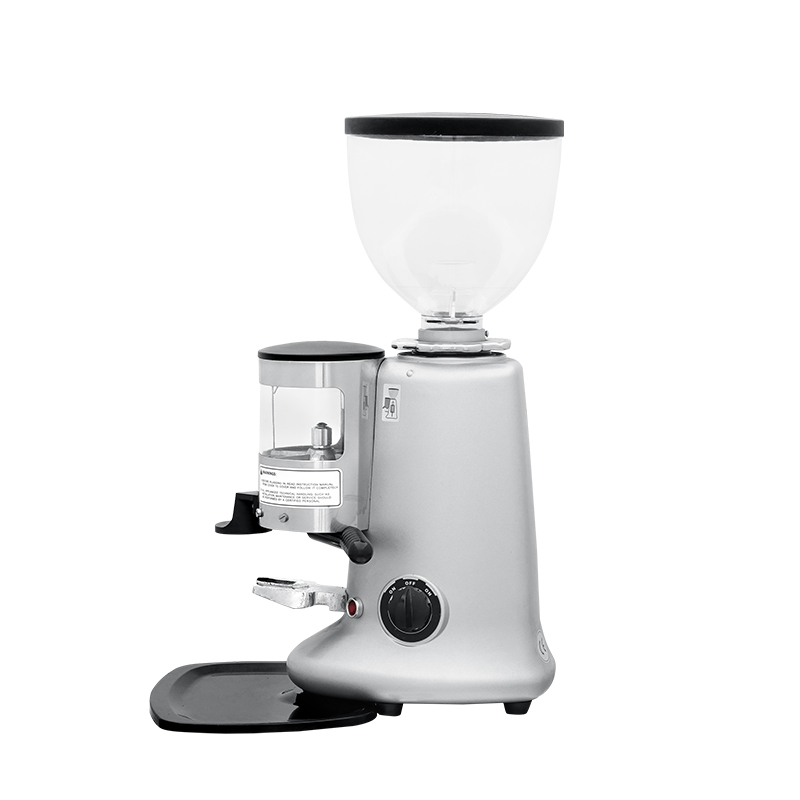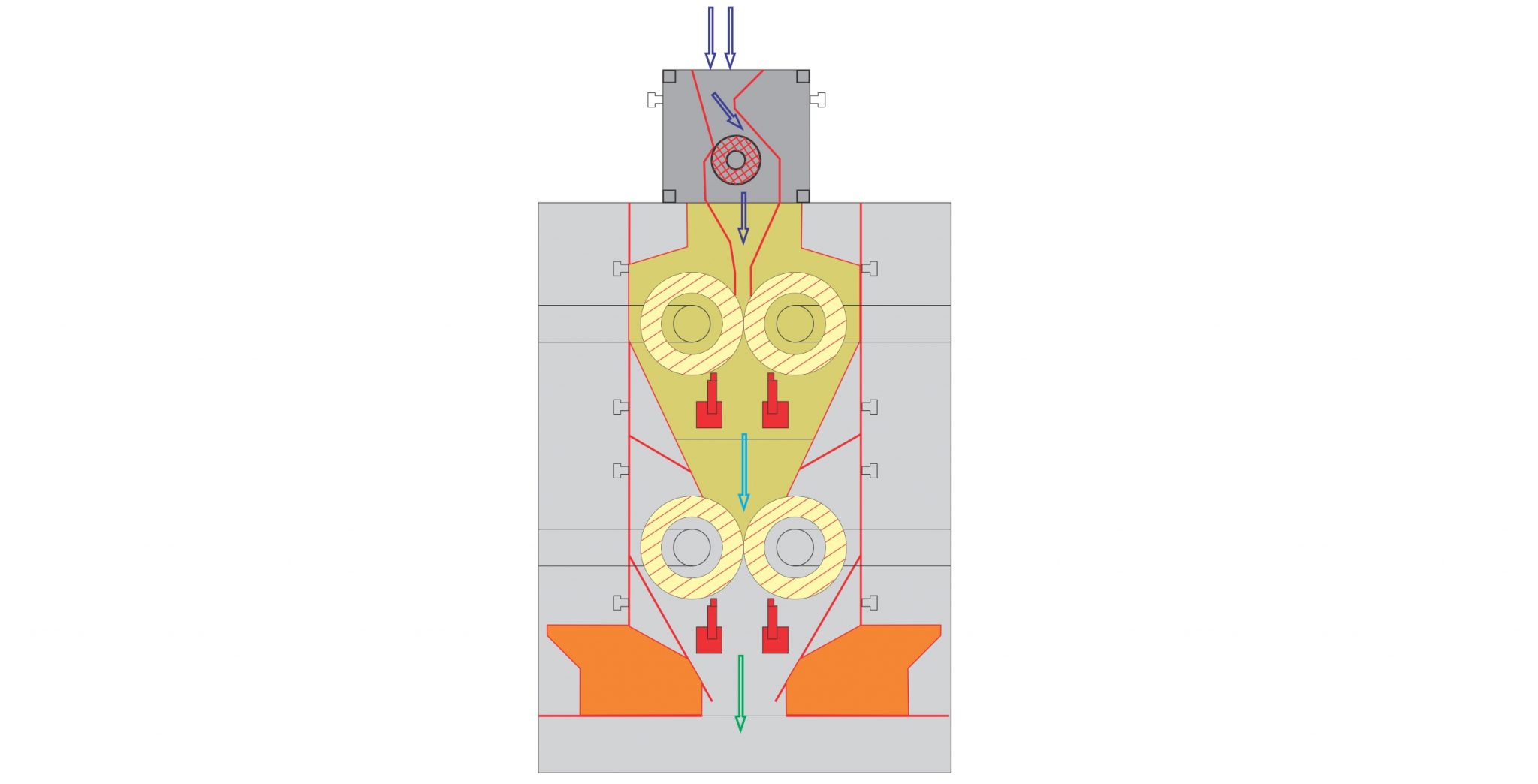Industrial Coffee Grinder Care Tips for Optimal Use
Industrial Coffee Grinder Care Tips for Optimal Use
Blog Article
How to Select the Perfect Industrial Coffee Grinder for Your Business
Selecting the perfect industrial coffee grinder for your company is a multifaceted choice that needs cautious factor to consider of a number of critical aspects. In addition, recognizing the different types of grinders available can dramatically affect your functional effectiveness.
Assess Your Grinding Requirements
When choosing a commercial coffee grinder, one should first evaluate their grinding demands to make certain optimum performance and consistency. This first evaluation entails understanding the quantity of coffee to be processed daily, in addition to the desired work dimension for different developing approaches. A high-capacity mill might be needed for companies serving big quantities of coffee, while smaller operations could discover an extra compact design enough.
Furthermore, it is necessary to take into consideration the sorts of coffee beans being made use of, as different beans might need details grinding techniques to achieve the best flavor account. Oily beans could demand a grinder designed to take care of such qualities without overheating or clumping.
Another vital factor is the needed grind uniformity. Specialized coffee companies commonly demand accurate work sizes to boost removal and taste, making it vital to select a mill that can deliver uniform outcomes. Lastly, assessing the offered area and electric demands will certainly help in selecting a mill that fits effortlessly right into your operational operations. By thoroughly evaluating these aspects, businesses can make enlightened choices that line up with their coffee grinding demands, eventually resulting in a premium product and satisfied consumers.
Understand Grinder Kind
Comprehending the numerous types of industrial coffee mills is critical for making a notified option that satisfies specific operational demands. There are mostly two groups of grinders: blade mills and burr mills.
Blade mills make use of rotating blades to chop the coffee beans, leading to an inconsistent grind dimension - Industrial Coffee Grinder. While they might be much more budget-friendly, they are commonly not appropriate for commercial applications where accuracy is necessary
On the other hand, burr grinders give a much more consistent work by squashing the beans between 2 surface areas. They can be more classified into level burr and conelike burr grinders. Flat burr grinders supply a constant work dimension and are typically preferred for coffee preparation, while cone-shaped burr mills are versatile and can take care of a series of mixture methods, from coffee to French press.
When selecting a grinder, consider the specific requirements of your business, consisting of desired grind uniformity, production volume, and the kinds of coffee beverages you intend to use - Industrial Coffee Grinder. Each grinder kind has its constraints and benefits, so recognizing these subtleties allows educated decision-making that lines up with functional goals
Evaluate Work Dimension Consistency
Attaining grind dimension uniformity is crucial for producing high-grade coffee, as variations in bit dimension can substantially influence removal and taste. When selecting an industrial coffee mill, it is crucial to review just how well the equipment maintains uniformity in work dimension throughout various batches. Irregular work dimensions can lead to unequal extraction, leading to a cup that might taste weak or excessively bitter.
To assess work dimension consistency, think about mills with functions such as adjustable work setups and top notch burrs. Burr grinders, specifically, master producing consistent particle dimensions contrasted to blade mills. The product and form of the burrs play an essential role, with stainless-steel and ceramic options offering longevity and accuracy.

Think About Manufacturing Capability
In the hectic world of coffee production, thinking about manufacturing ability is vital for companies intending to meet need without sacrificing quality. The manufacturing capability of an industrial coffee grinder directly affects a company's capability to fulfill orders efficiently, take care of supply, and respond to changing market patterns.
When evaluating manufacturing ability, it is vital to examine the mill's result price, typically gauged in pounds per hour. This dimension should line up with your organization's forecasted sales quantity and development targets. A coffee shop with a high turnover may need a mill that can refine numerous hundred extra pounds daily, while a smaller operation might be adequate with a reduced capability design.
Additionally, consider the sort of coffee being refined. Different beans and blends might influence grinding rate and effectiveness, necessitating a grinder with the ability of handling varied production requirements. It's also worth considering the grinder's capacity to maintain regular high quality helpful hints under high output problems, as any kind of changes can influence the last item.
Ultimately, picking a mill that matches your service's manufacturing ability will guarantee you remain affordable and receptive to consumer assumptions.

Spending Plan and Upkeep Variables
When evaluating the appropriate commercial coffee upkeep, budget and grinder factors play a considerable function in the total decision-making procedure. A first investment in a high-quality mill can yield long-lasting benefits, yet it's essential to develop a clear spending plan that lines up with your business's functional needs. Think about both the purchase cost and potential functional expenses, such as energy usage and replacement parts.
Industrial coffee grinders call for routine maintenance to ensure optimal efficiency and longevity. Evaluate the maker's suggestions for upkeep, including cleansing schedules and components replacement, as these will affect long-term functional expenses.

Buying a grinder that is long lasting yet easy to maintain can conserve money over time. While lower-priced options may be alluring, they may sustain greater maintenance costs and reduced performance. Inevitably, balancing first expenses with long-term upkeep and operational performance will certainly assist you to the best choice for your company's coffee grinding demands.
Conclusion
Picking the optimal industrial coffee mill necessitates a complete analysis of grinding demands, grinder types, grind size uniformity, production ability, and monetary considerations. An appropriate grinder not read this article only improves the top quality of the coffee generated yet also contributes to the general success and profitability of the business.
Specialty coffee companies often require exact grind sizes to enhance extraction and flavor, making it vital to select a grinder that can deliver consistent results. Apartment burr grinders use a constant grind dimension and are typically preferred for coffee preparation, while conical burr grinders are versatile and can manage a variety of mixture methods, from espresso to French press.
When choosing a commercial coffee mill, it is crucial to examine exactly how well the maker keeps harmony in grind dimension throughout different sets. Burr mills, in specific, succeed in creating uniform fragment dimensions compared to blade grinders.Picking the optimal commercial helpful site coffee mill requires a comprehensive assessment of grinding requirements, mill kinds, grind dimension consistency, production ability, and budgetary considerations.
Report this page